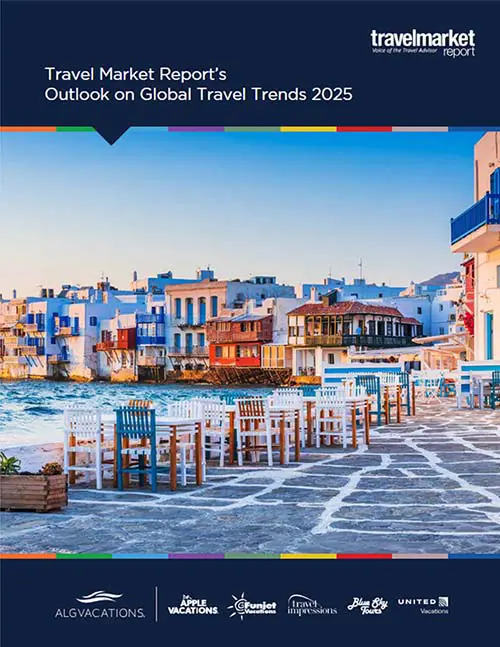Two Key Takeaways for Travel Advisors from Delta’s Earnings Report
by Daniel McCarthy
Photo: Markus Mainka / Shutterstock.com
After revealing a new partnership with Uber along with new AI plans earlier this week, Delta Air Lines became the first major U.S. airline to report fourth-quarter earnings on Friday morning.
While the results were strong for Delta—the airline beat analysts’ expectations for revenue and earnings per share, delivering its most profitable December quarter in its history with a pre-tax income of $1.6 billion, up $500 million over 2023 —there are a couple of takeaways that travel advisors should be aware of.
The first is that the shift in consumer spending from goods to services, a trend that took off once the world reopened post-COVID, remains strong. This is a bullish sign for travel advisors and the industry at large. After several years of high demand for travel, questions remained about whether the shift could be permanent. According to Delta, it is not showing signs of slowing down yet.
During the last two months of the year, Delta recorded four of the top ten revenue days in the company’s history and double-digit growth in cash bookings driven by both leisure and corporate travelers. Delta CEO Ed Bastian told CNBC on Friday morning, as the financial results were released, that he expects the positive trend to continue and that 2025 is shaping up to be the best financial year in the airline’s history.
The second takeaway is that premium and luxury travel continues to outpace growth in lower fare classes. According to the results, premium revenue growth, which includes Delta Comfort+ and higher, outperformed main cabin revenue by 6 points.
Delta’s partnership with American Express, another premium offering, grew 14% year-over-year through an acceleration in spending by current members and new member acquisitions. In total, the partnership brought in $2 billion for the airline in the fourth quarter.
This is another continuing trend for Delta. Between 2011 and 2014, the airline’s premium seating accounted for just 20% of its offerings. From 2015 to 2019, that figure rose to 25%. By 2022, premium products represented 30% of Delta’s offerings and have since become the airline’s highest-margin segment.
























